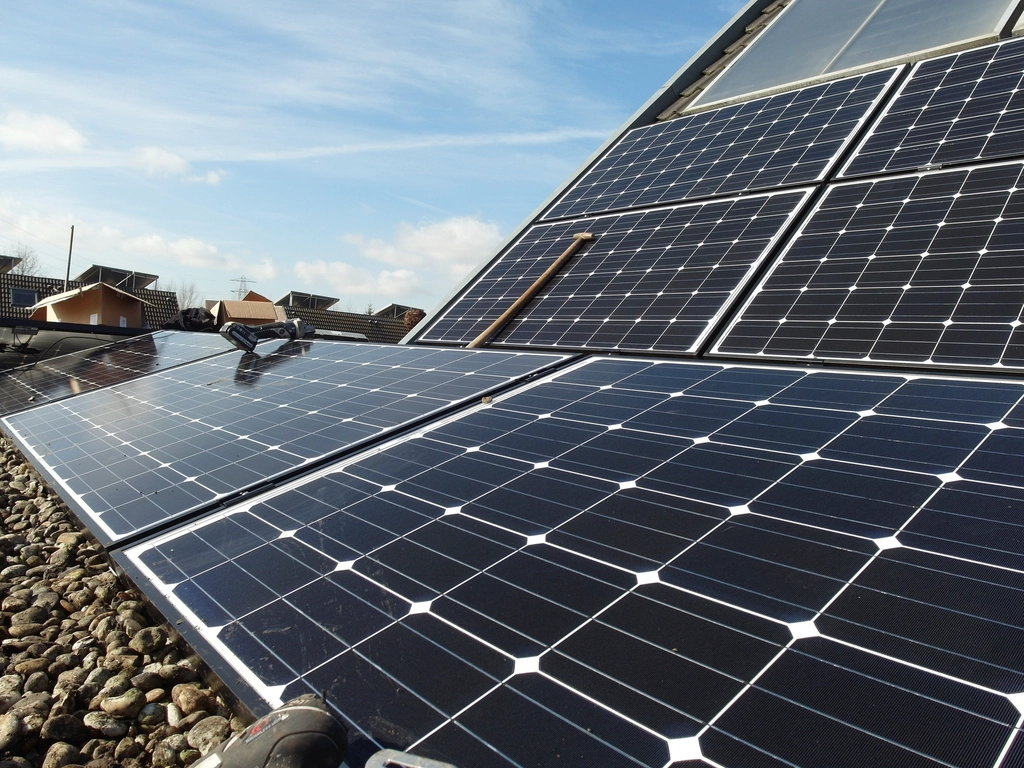- What Earth’s Magnetic Field Has to Do With Climate History - October 7, 2025
- The Science Behind Heat Domes and Their Growing Impact - October 7, 2025
- What Ancient Lake Beds Teach Us About Past Rainfall Patterns - October 6, 2025
Renewables Overtake Coal—But Is It Enough?
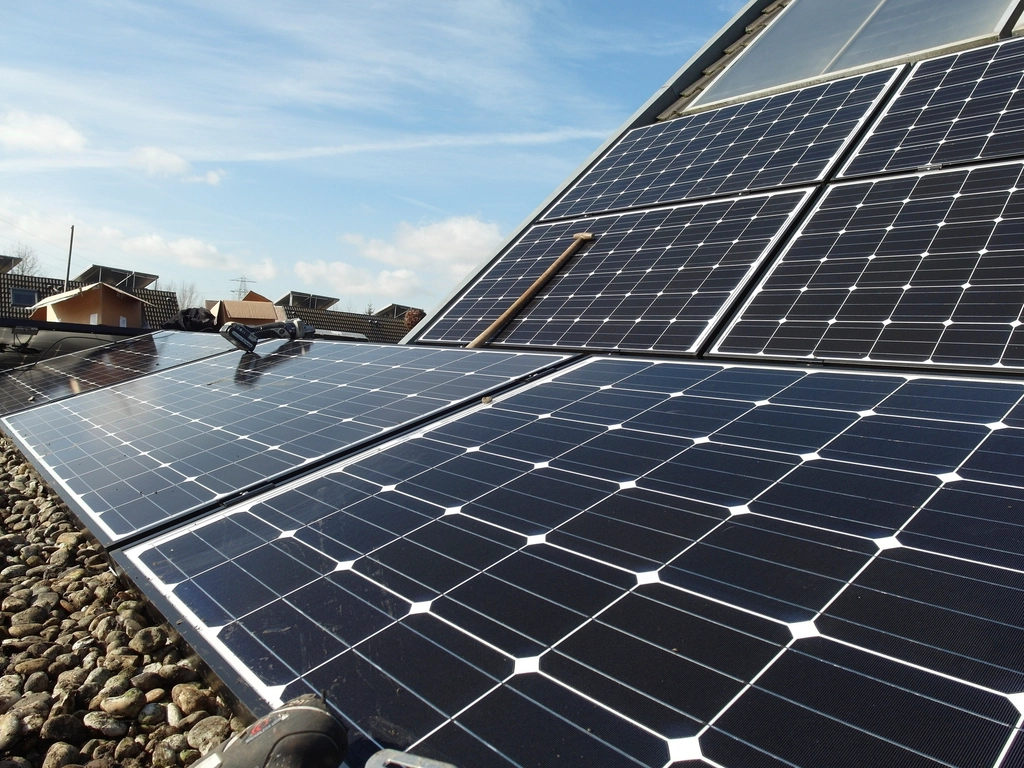
It’s official: in 2025, renewable energy is set to produce more electricity worldwide than coal. This moment feels like the turning of a page, with solar panels and wind turbines now outshining the dirtiest fossil fuel. According to the International Energy Agency, this milestone demonstrates just how rapidly the world is shifting away from old energy systems. Yet, while the headlines sound triumphant, the reality underneath is far messier. Coal’s decline doesn’t mean emissions are dropping fast enough to avoid dangerous climate change. Many countries are still burning coal alongside renewables, and overall fossil fuel use remains stubbornly high in several regions. This raises a prickly question: does surpassing coal actually solve the climate crisis, or are we celebrating a halfway victory?
The Intermittency Dilemma: When the Wind Doesn’t Blow
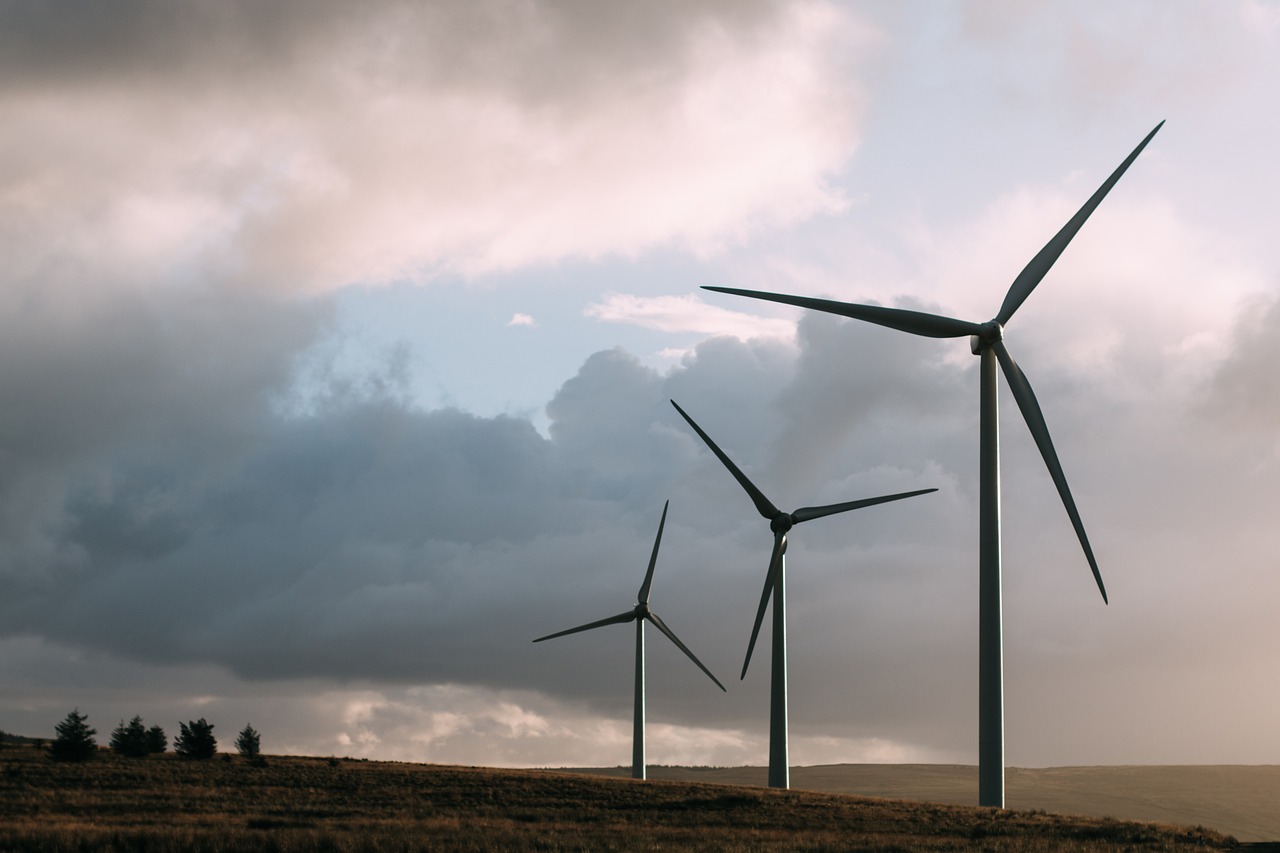
Wind and solar power have a notorious Achilles’ heel—intermittency. Unlike coal or gas, these sources can’t be turned on or off with a switch. Recent studies highlight that wind power’s output can swing wildly, sometimes plunging for days. This unpredictability forces grid operators to scramble for backup, often relying on fossil-fueled plants or enormous battery storage, which isn’t yet cheap or widespread enough to cover the gaps. The need for “firming” capacity, as engineers call it, complicates the dream of 100% renewables. As a result, countries like Germany and the UK have had to keep gas plants on standby, just in case the sun hides or the wind stalls. Intermittency is more than an inconvenience; it’s a technical barrier that demands expensive solutions and creative thinking.
Grid Reliability Under Stress
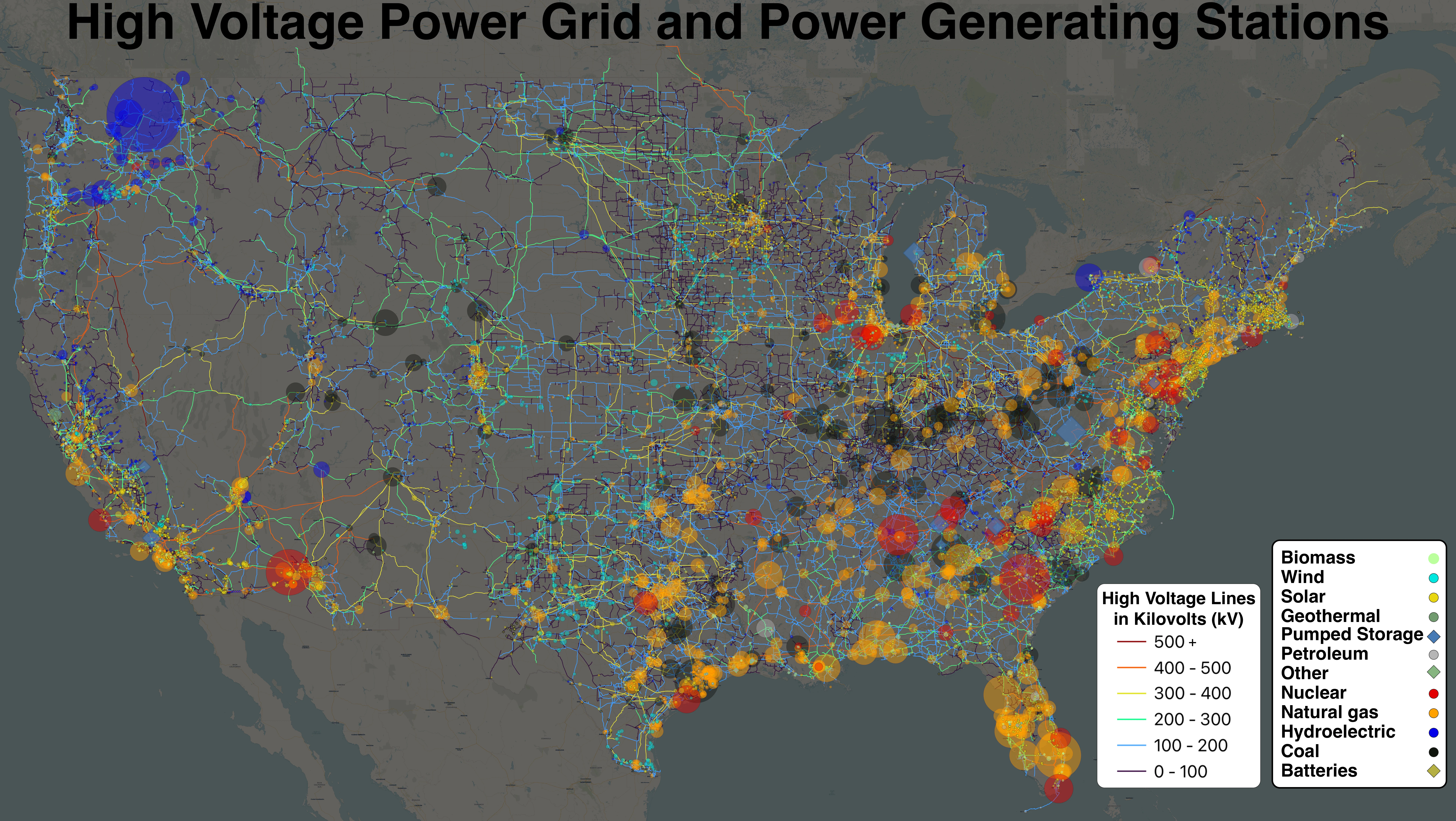
The backbone of our modern world—the electrical grid—is under more pressure than ever. The New York Independent System Operator (NYISO) recently warned that reliability is slipping as old fossil plants retire faster than new clean energy projects come online. In New York, concerns are growing about blackouts or brownouts during peak electricity demand. Some officials have argued that shutting down gas and coal too quickly, without robust replacements, risks unstable supply and higher energy prices for regular people. This tension between climate ambition and grid safety is becoming a flashpoint in cities across the world. Policymakers now find themselves balancing the urgency of decarbonization with the hard reality of keeping the lights on, especially during heatwaves or cold snaps.
Climate Change Is Making Renewables Less Predictable
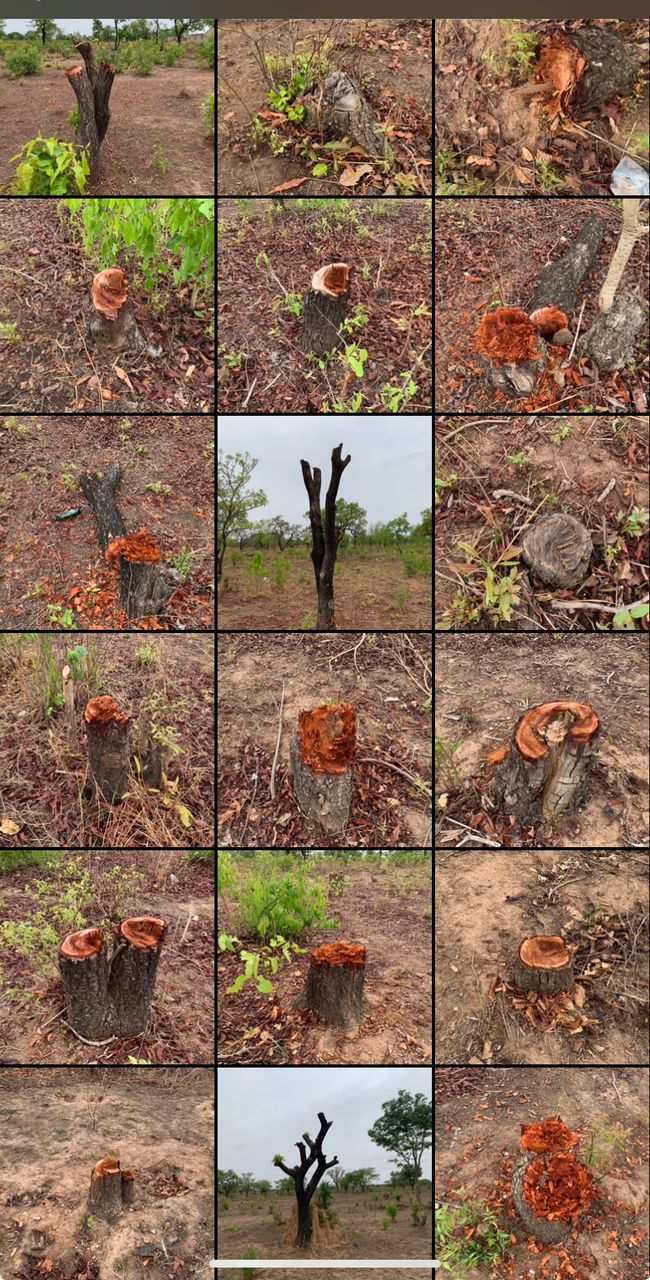
It’s a cruel irony: the very climate crisis renewables are meant to fix is now making them less reliable. Unpredictable weather patterns, fueled by global warming, have started to undermine renewable output. In 2023, both Sudan and Namibia saw their hydropower production plummet by more than half due to drought and erratic rainfall. Wind patterns are also shifting, causing unexpected lulls in regions that once counted on breezy days. This means that as weather becomes increasingly chaotic, so does the supply from wind, solar, and hydro power. Energy planners are being forced to rethink how much they can depend on these sources, especially in places where extreme weather is the new normal.
Fossil Fuel Investment Drops for the First Time in Years
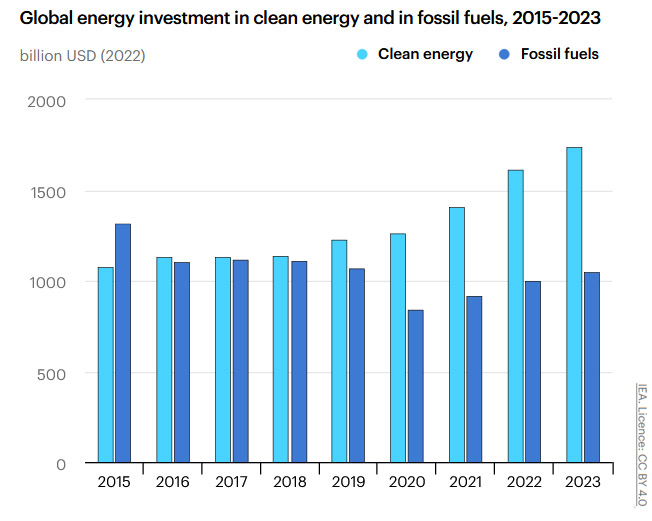
There’s a glimmer of hope in the investment world: for the first time since the pandemic, money flowing into fossil fuels is expected to shrink. Falling oil prices and slumping demand have convinced investors to look elsewhere, signaling a subtle but important shift in global energy finance. Yet, this isn’t just about climate-conscious money managers. It also reflects real anxiety about the future of oil and gas, with some companies slashing exploration budgets and pausing new projects. However, this investment dip doesn’t automatically translate into a clean energy boom. Without strong policies and stable incentives, there’s a risk that the decline in fossil spending could simply lead to energy shortages, not a seamless green transition.
Carbon Capture: Slow Progress, Big Promises
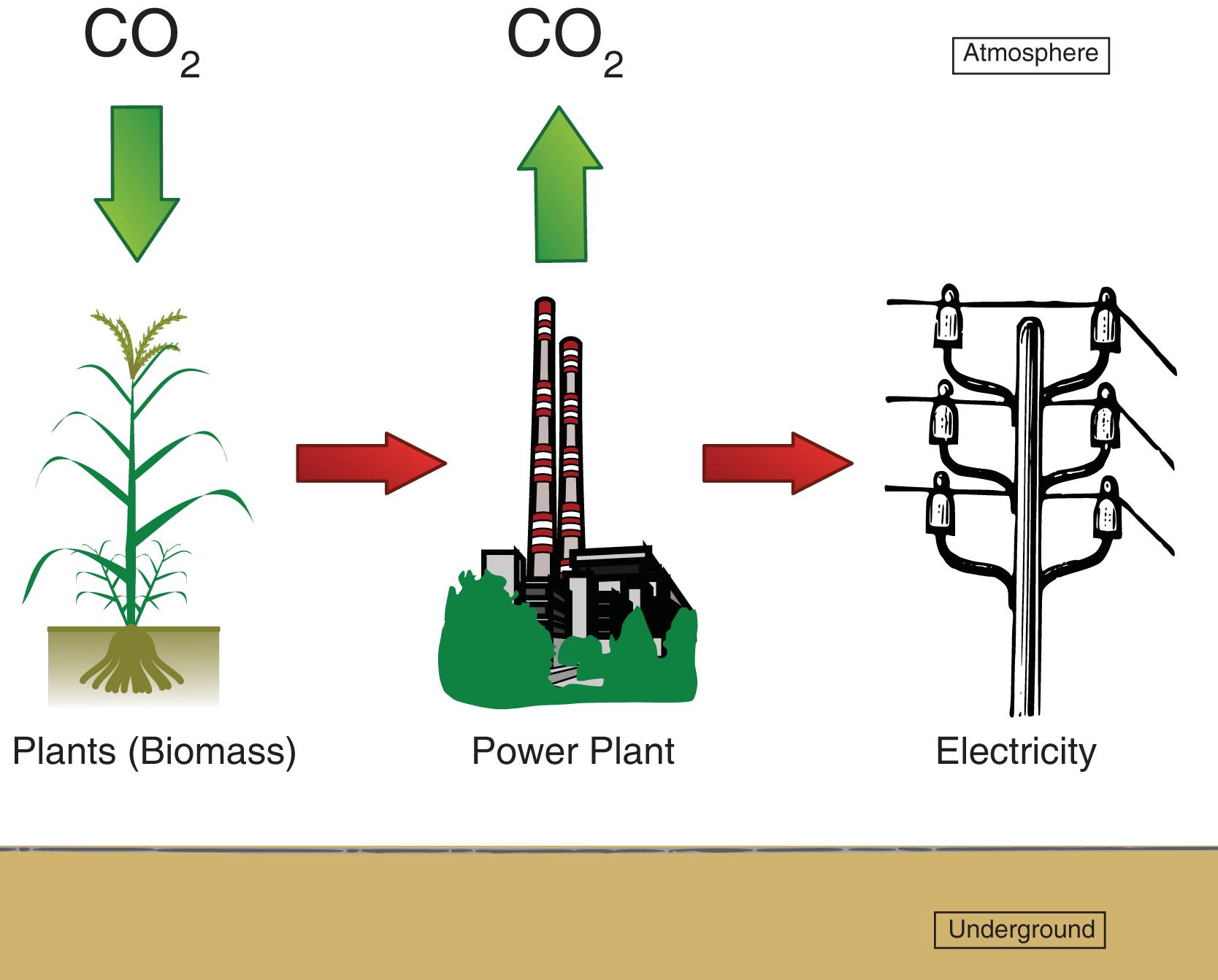
Carbon capture and storage (CCS) has been sold as a “get out of jail free” card for emissions-heavy industries. But in early 2025, the U.S. effort to scale up CCS has run into a wall of policy uncertainty and regulatory red tape. Projects are delayed, and companies are growing impatient. If the world is to keep burning some fossil fuels while still cutting emissions, CCS needs to work—and quickly. Right now, though, progress has been so sluggish that experts worry the U.S. could lose its edge in developing this technology. The dream of capturing carbon before it hits the atmosphere remains just that—a dream—unless governments can cut through the bureaucracy and put real resources behind it.
Biomass: Renewable, But At What Cost?
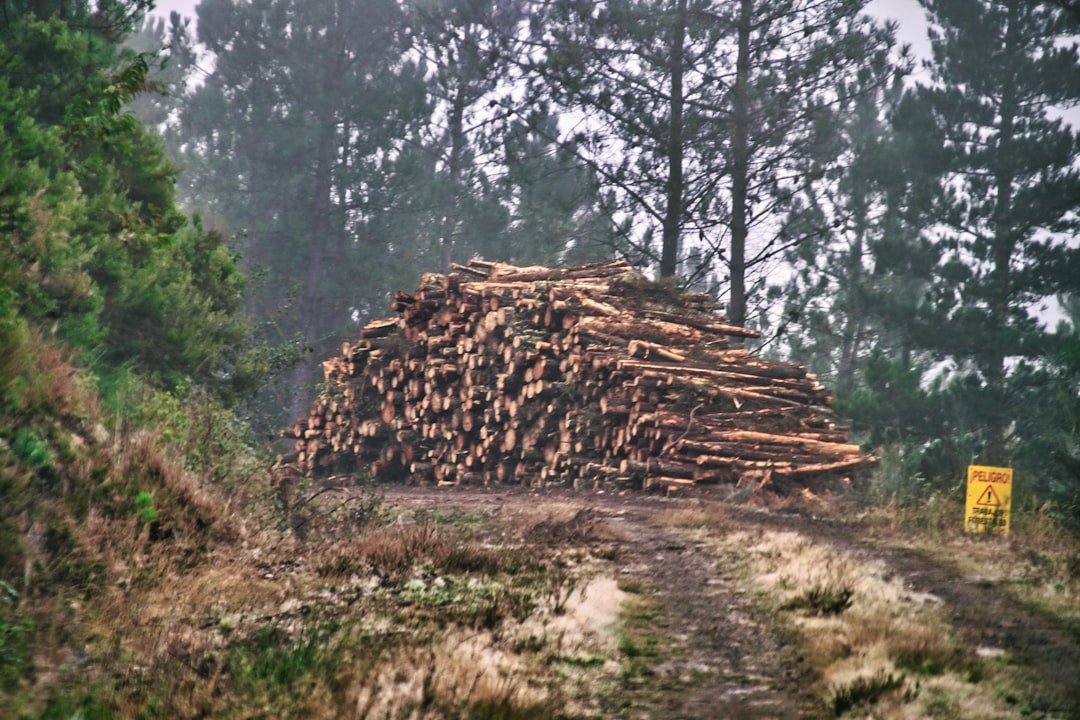
Biomass is often lumped in with other renewables, but its green credentials are under fire. Environmental campaigners have challenged major biomass power generators like Drax to prove that their wood is sourced sustainably. The worry? That forests are being cut down faster than they can regrow, undermining claims of “carbon neutrality.” Critics say that burning wood pellets can release as much, or even more, carbon than coal if the supply chain isn’t closely monitored. Calls for transparency have gotten louder, with activists demanding disclosure of exactly where trees come from and how land is managed. For now, biomass remains a controversial player in the renewable energy mix, raising tough questions about what counts as truly sustainable.
The Hidden Environmental Toll of Mining for Renewables
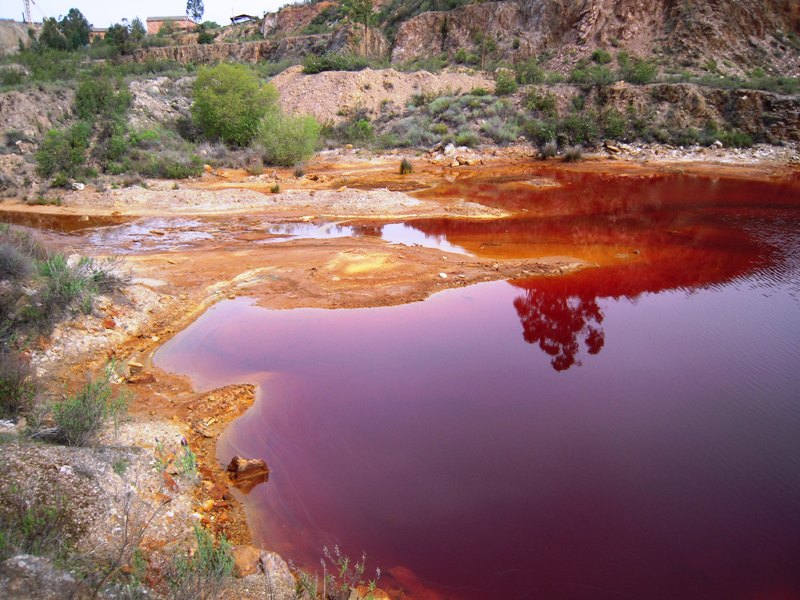
Switching to renewables means a massive demand for metals like lithium, cobalt, and rare earths. These materials are essential for solar panels, wind turbines, and especially batteries. But digging them up can scar landscapes, pollute water, and spark conflicts with local communities. In places like the Democratic Republic of Congo and Chile, mining for “green” metals has led to protests and environmental damage. Experts warn that without smarter regulations and recycling programs, the rush for these resources could create new problems even as we solve old ones. The irony is hard to miss: in trying to escape the downsides of fossil fuels, we risk repeating some of their mistakes.
Storage Solutions Still Lag Behind
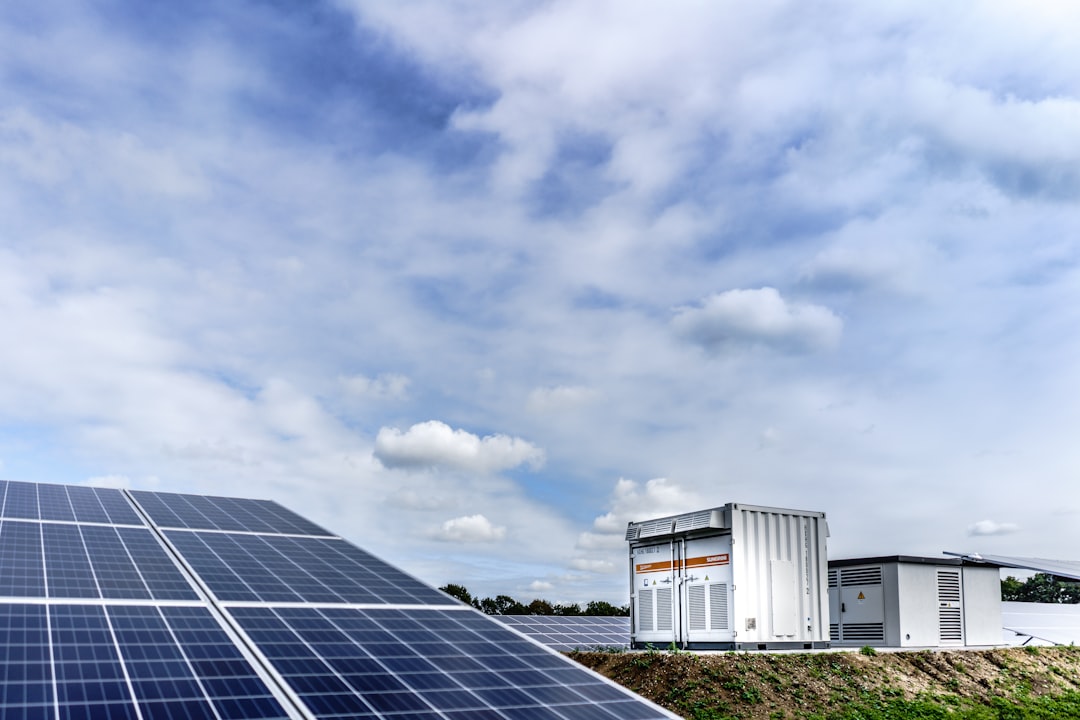
Energy storage is supposed to be the key that unlocks a fully renewable grid, but reality keeps falling short of the hype. While battery technology has improved, it’s still not cheap or scalable enough to store days’ or weeks’ worth of power for entire regions. Large-scale projects, like Australia’s giant Tesla battery, have made headlines, but they remain the exception, not the rule. Most countries lack the infrastructure to save excess wind or solar for when it’s needed most. Until storage gets cheaper and more reliable, renewables will continue to depend on backup from fossil fuels or nuclear plants. It’s a classic case of the right idea, just not ready for prime time.
The Need for a Balanced and Honest Transition
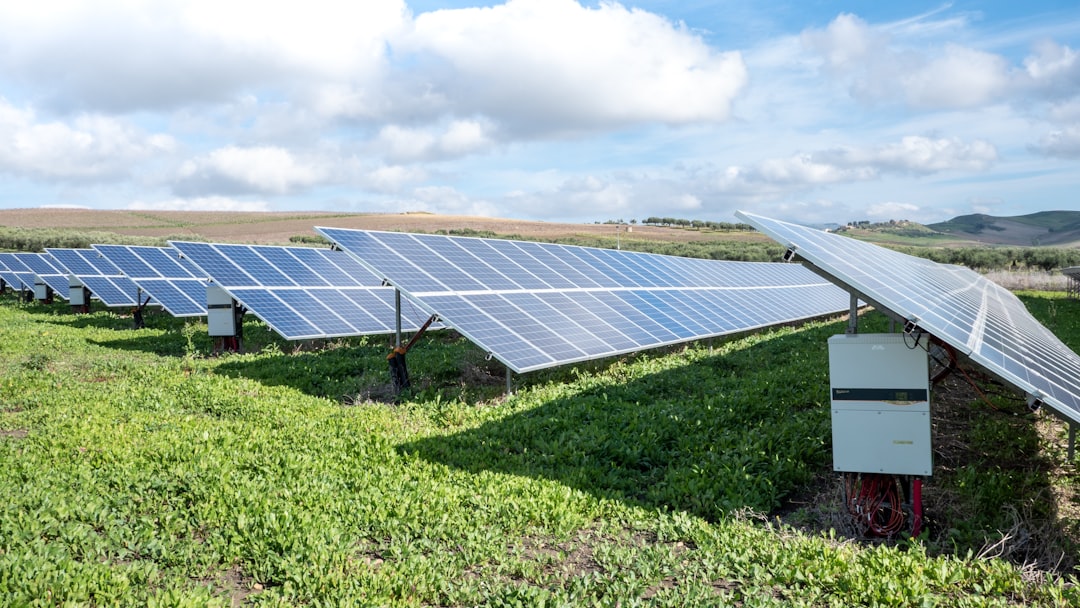
The push for renewables is reshaping the global energy landscape, but the road ahead is steeper than many expected. Over-optimism and political pressure have sometimes led to rushed decisions, with real consequences for workers, communities, and the environment. The energy transition isn’t just about swapping out power plants; it’s about rethinking how we produce, use, and value energy. Experts urge policymakers to move beyond slogans and face the hard trade-offs head-on. As one leading analyst put it, “There are no silver bullets—only hard choices.” The world needs to pursue renewables with eyes wide open, prepared for setbacks and determined to build a system that’s not just green, but truly sustainable.

